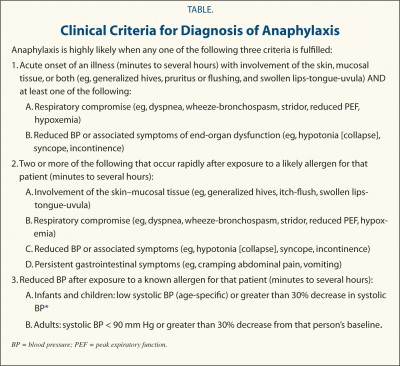I’ve been trying to get this post out for a few days. I feel like it’s not finished and sharp in the wrong places but I feel like this needs to be said so I’m saying it now.
When I was first diagnosed with mast cell disease, I was pretty relieved. I had been sick a long time and was so tired of being abused by doctors and called a liar. I could have been diagnosed with anything. I could have been diagnosed with weekly limb falling off disease where every week one of my limbs fell off until I had no limbs left. I needed something to hold onto and a diagnosis had that. (I am grateful to announce that I do not have limb falling off disease.)
I do, however, have mast cell disease. It was a few months before it occurred to me that having mast cell disease might be scary. There wasn’t a lot of information available on it and I didn’t have great journal access then, so I wasn’t able to validate those fears. But I was still afraid. Just a little, at first. And then another several months past and I started having major organ involvement. And I started being afraid for real. This time, my fears were validated.
One of the more common questions I get is whether or not people can die from mast cell disease. I get it a lot from people who are newly diagnosed but I get it from people who have been diagnosed a while. I realized recently that people who have been diagnosed a while only ever ask me this question in private message or email. I’ve been thinking about why that is.
The answer is simple: people are afraid to ask if they can die from mast cell disease in a public forum because, overwhelmingly, the responses are not kind. I am guilty of this, too. Those of us who have been in this community a long time have learned to stratify mast cell patients by level of hematologic malignancy – that is, to separate mast cell patients into those who have malignant forms of mast cell disease (aggressive systemic mastocytosis, mast cell leukemia, and mast cell sarcoma) and those who don’t. Because typically the people who lose their lives to mast cell disease are those with those malignant forms, and those who don’t have them don’t die from mast cell disease. The medical institution views malignant mast cell disease as dangerous and the other forms as not dangerous. Specifically, the establishment touts to everyone who will listen that you don’t die from mast cell disease if it’s not malignant.
But the truth is that’s not really the case, if you think about disease and what it does to a person and all the ways it kills them. It’s true that a person with ASM is not likely to die in the same way as an MCAS patient. A patient with ASM will die from mast cell disease if the thousands of extra mast cells burrow into their organ tissue and destroy that tissue so much that the organ stops working. That’s not what happens in a patient with MCAS. But a patient with MCAS can die in other ways. They can die from anaphylaxis and complications of huge steroid doses and side effects from chemo and sepsis and not being able to afford their health care costs and not having insurance and not being able to face one more minute of the humiliation and desperation that is begging for care from people who don’t want to provide it. All of those things can kill a person, too.
Defining death from mast cell disease along by delineating along the lines of organ failure is disrespectful, unfair and missing the point. All of us who have spent years living inside the data of this disease have done it, including me, and we should be sorry. I am. It has never been my intention to characterize MCAS as less serious than other forms of mast cell disease but I think I did anyway, and whether or not I wanted to do it doesn’t change that. I am sorry for doing this. It is not okay. I am committed to doing better in the future.
Fall is a difficult time for mast cell patients. It’s a lot of change at once. It’s new routines and major environmental upheaval. It’s triggers on crack. Season changes are always hard for us but autumn is harder, I’m not sure exactly why. But in the same way that I associate September with ports, I associate fall with mast cell patients crashing and dying. This year has been no different.
In the last several weeks, we have lost a number of mast cell patients across a variety of diagnoses, to the tune of six in six weeks. It’s painful to even type that. One of them was my friend, an SM patient who died of complications of anaphylaxis. Another was a touchstone in the MCAS community, a young woman who did a great deal to comfort others, and who undoubtedly died of complications of MCAS. Still another died of suicide. These last few weeks have been so, so crushing.
There is a very, VERY good chance that you will live a full life with a normal lifespan as a mast cell patient. But it’s not enough to say that people don’t die from non-malignant forms of mast cell disease because “almost nobody does.” Those “almost nobodies” are somebodies, and they are people with lives and dreams and futures they don’t get to experience. They do not deserve to be lost in the data, digits rounded down to zero.
We owe it to them to remember that they were real and that they were here and that they mattered.
I owe it to them. So let’s do that.
Additional posts on prognosis and disease progression:
Progression of mast cell diseases (Part One)
Progression of mast cell diseases (Part Two)
Progression of mast cell diseases (Part Three)
Progression of mast cell diseases (Part Four)
Progression of mast cell diseases (Part Five)
The MastAttack 107: The Layperson’s Guide to Understanding Mast Cell Diseases, Part 15
The MastAttack 107: The Layperson’s Guide to Understanding Mast Cell Diseases, Part 48
On prognosis and dying from mast cell disease
I am not there. I do not sleep.

